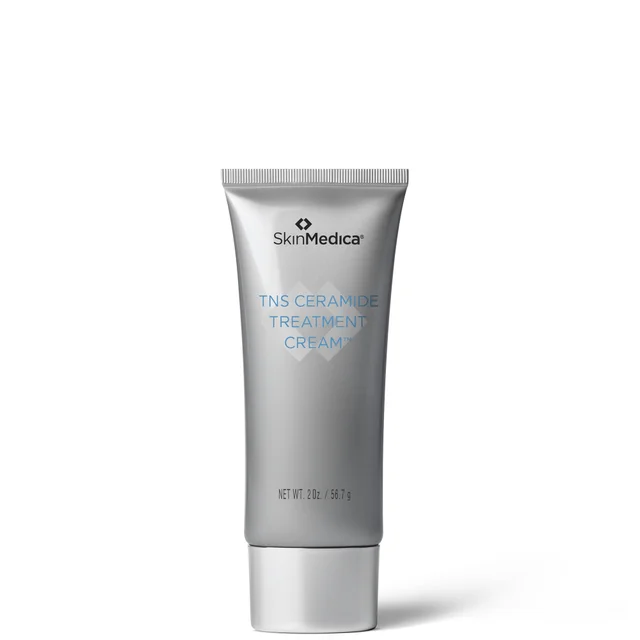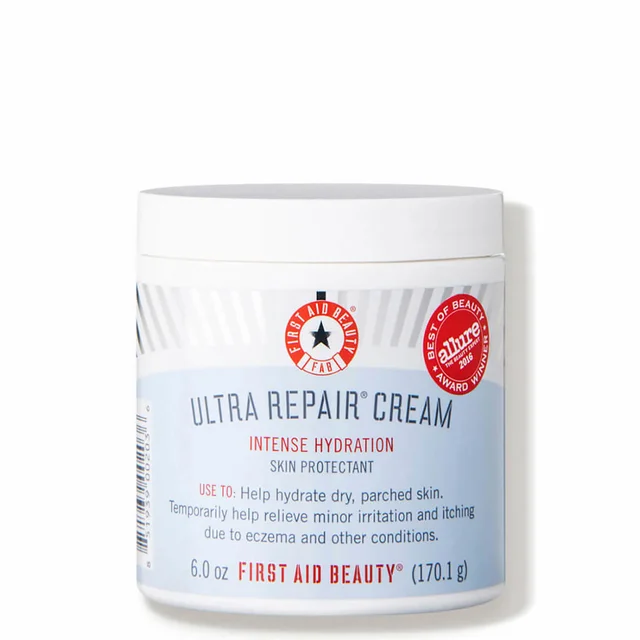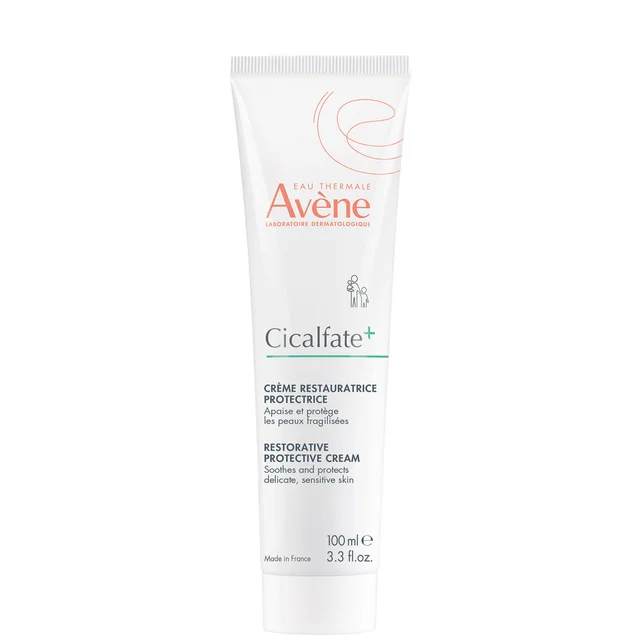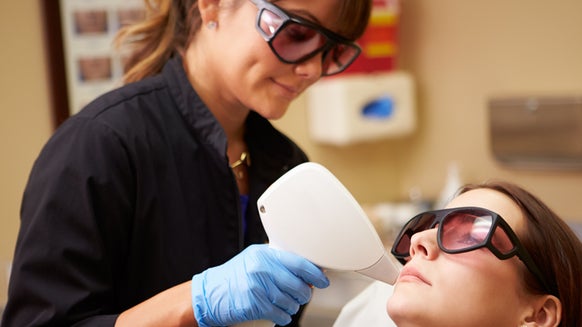Have you ever experienced itching, tingling or tenderness along your skin? Beyond the common sunburn, there are a number of conditions that result in uncomfortable or painful areas of your skin. And they may not be what you expect. We caught up with Dr. Jeremy Fenton of Schweiger Dermatology Group in New York City to discover why skin sometimes hurts, what causes it and when to see your doctor.
1. Fibromyalgia
What It Is: “It is a chronic pain condition with tenderness in certain characteristic areas, like your skin,” says Dr. Fenton. “Symptoms also include stiffness, fatigue and difficulty concentrating. It can also be accompanied by a wide variety of other symptoms such as anxiety or depression.”What Causes It: In short: no one really knows. “It is a diagnosis of exclusion: all other possible causes for the symptoms need to first be ruled out; without any other explanation, fibromyalgia can be made as the diagnosis.” This is not a condition generally diagnosed by your derm. How to Treat It: “There are a variety of treatment options including medications such as pain medications, antidepressants, anti-anxiety medications and anticonvulsants,” says Dr. Fenton. “People also utilize behavioral and psychological therapy methods.”
2. Sunburn
What It Is: “Sunburn is a result of excessive exposure to ultraviolet light. It causes redness, pain, tenderness, sometimes blistering, and peeling,” says Dr. Fenton. What Causes It: “The ultraviolet light causes damage to the skin cells, which then release inflammatory signals and some undergo programmed cell death.” How to Treat It: “Sunburns are usually treated with non-steroidal anti-inflammatory (NSAID) medications like ibuprofen or aspirin and cool baths or showers for symptomatic relief,” says Dr. Fenton. “It is important to stay well-hydrated with a sunburn because there can be some fluid loss, and severe sunburns may require IV fluids and prescription pain medications. Some topical emollients such as aloe vera can help with symptom relief but do not necessarily speed recovery.”Related:The Best After-Sun Products3. Shingles
What It Is: Shingles is caused by the chicken-pox virus, so if you’ve had the chicken pox or have been vaccinated, you already have the virus in your nervous system. Shingles, like the pox, appears as a scabbing, irritation or series of itchy red spots on the skin. What Causes It: “When somebody gets run down, sick or overly stressed, the virus can re-emerge along one of the sensory nerves,” says Dr. Fenton. “It generally only appears along one nerve and thus is on just one side of the body in what we call a “dermatome.” It can cause nerve pain and increased sensitivity in the area along with redness and swelling that progresses into blisters and scabbing. It can sometimes lead to scarring and infection.”How to Treat It: “Shingles is treated with antiviral medications such as valacyclovir or acyclovir for at least a week. The pain can be treated with prescription pain medications but is most commonly treated with medications that treat neuropathic pain such as gabapentin. These modulate the nerve signals to reduce the pain transmission. Shingles can also be treated with anti-inflammatory topical or oral steroids, but the benefit of these is debated and must be weighed against the risks.”4. Neuropathy
What It Is: “Neuropathy is a very general term referring to dysfunction of a nerve. This can lead to numbness, weakness or discomfort,” says Dr. Fenton. What Causes It: “There are a wide variety of causes of neuropathy including diabetes, vitamin deficiency, toxicity from exposure to chemicals including alcohol, autoimmune conditions, chronic disease, trauma or tumors.” A neurologist is best to make the diagnosis, likely using tools like X-rays and MRIs, along with nerve function tests and a physical exam.How to Treat It: A dermatologist wouldn’t diagnose or treat this condition. Medications or surgery could improve symptoms.5. Migraines
What It Is: “Migraines are recurrent headaches that can be accompanied by nausea and vomiting along with sensitivity to light and sound,” says Dr. Fenton. Most people who experience migraines have at least one instance of skin sensitivity.What Causes It: We aren’t sure. It might be a combination of environmental and genetic factors, so see a neurologist if your headaches persist. “It is not entirely understood why some people get migraines and others don’t,” says Dr. Fenton. How to Treat It: “There are a variety of medications used to manage and prevent migraines, including NSAIDs, pain medications, antidepressants, antiepileptic drugs and even Botox injections,” says Dr. Fenton. Your local derm may be able to help with the latter.
Related:How Often Should You Get Botox? When to See Your Doctor
While we hope this blog helps, it’s not meant to diagnose your symptoms. Dr. Fenton says that while some of these conditions can be treated by seeing a dermatologist, your first stop should be your primary care physician. See your doctor if:- Conditions last longer than two weeks.
- You experience pain that prevents you from doing normal activities.
- Itching, bleeding or pain is present.
In the meantime, here are some products for sensitive, irritated or dry skin. We hope these help soothe some of the irritation or discomfort you might be experiencing.











